EXCLUSIVE OFFER
LIMITED TIME ONLY
Choose Your Dog's Weight, Unlock Offer 👉

The Surprising Truth: 7 Everyday Habits That Could Be Impacting Your Dog’s Joint Health (According to Veterinary Experts)

Written by Dr. Andrew Ciccolini, DVM

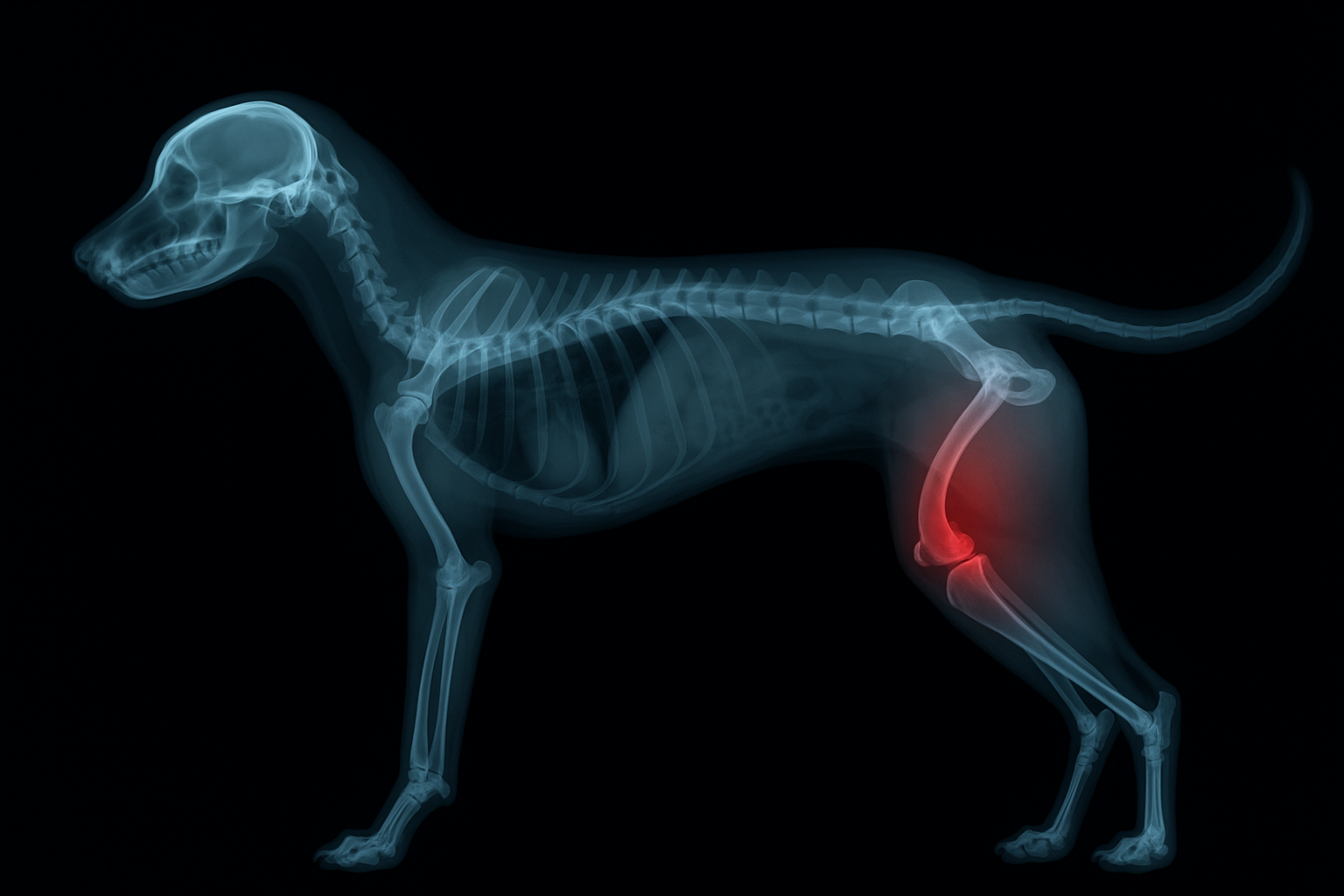

If your dog is slowing down, struggling on stairs, or hesitating to jump onto the couch, you need to read this immediately.
What I’m about to share may surprise you - and change the way you think about your dog’s mobility.
For years, I’ve seen dogs come into my clinic with stiffness, occasional limping, and difficulty getting up after rest. Their owners were heartbroken, asking the same question: "What did I do wrong?"
The truth is: Nothing. You didn't know.
They just didn’t know that small, daily habits and age-related changes can quietly impact joint health over time.
After reviewing dozens of veterinary case studies and working with hundreds of dogs, my colleagues and I saw patterns that revealed a clear path to supporting joint comfort and mobility before it becomes a bigger issue.
Here’s the good news: There are simple, vet-recommended ways to help keep your dog moving comfortably and energetically for as long as possible - without invasive treatments or expensive interventions. By the end of this article, you’ll know exactly what they are.
HELP MY DOG TODAY
Choose Your Dog's Weight, Unlock Offer 👉
1. Slowing Down: The “Silent Signal” of Joint Changes in Dogs
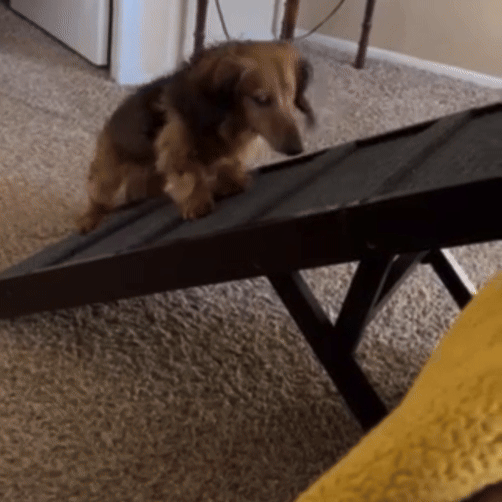
Last month, a client brought in her 9-year-old Golden Retriever, Max. “He’s been hesitating to jump into the car lately,” she told me, “and I just thought it was because he’s getting older.”
A mobility exam told a different story. Max’s joints- especially in his hips - were showing signs of age-related changes that had likely been developing quietly for years. Every time Max had charged after a ball or bounded up the stairs, the normal wear on his joints had slowly built up.
This isn’t rare. Vets see dogs of all breeds start to slow down in ways owners mistake for “just aging.” The truth? Many of these changes can be supported so dogs keep enjoying their favorite activities for longer.
Most vulnerable: Medium and large breeds, active dogs, and seniors
The early signs: Slower to rise after naps, hesitating on stairs, or shortening their walks on their own
⏰ The clock is ticking. Every day without support is a missed opportunity to help them feel better.
2. Hidden Joint Deterioration: The Pain You Can’t See Until It’s Too Late
Here’s something that will shock you: 80% of dogs over the age of 8 show signs of joint deterioration* - yet most owners think their dog is “just slowing down with age.”
Why? Because early joint damage is silent. There’s no limp, no obvious yelp - just subtle changes you might brush off. Then one day, your dog hesitates before jumping on the couch, struggles with stairs, or stops chasing their favorite ball altogether.
I’ll never forget Cooper, a 6-year-old Lab whose owner thought he was simply mellowing out. But an exam revealed advanced wear in his joints - damage that had been quietly building for years. Without proper support, that breakdown only accelerates, making it harder and harder for dogs to move comfortably.
The process is insidious: small amounts of strain, repeated daily, gradually wear away the cushioning that keeps joints moving smoothly. And here’s the heartbreaking truth - once that cushioning is gone, you need to act fast to bring it back.
Warning signs you might be missing: Shorter walks, avoiding stairs, slowing down mid-play, or shifting weight away from one leg.
*Source: Canine Arthritis Management, 2023 – Multi-centre clinical review
Choose Your Dog's Weight, Unlock Offer 👉
3. Uneven Wear: The Joint Stress You Don’t Notice Until It’s Too Late
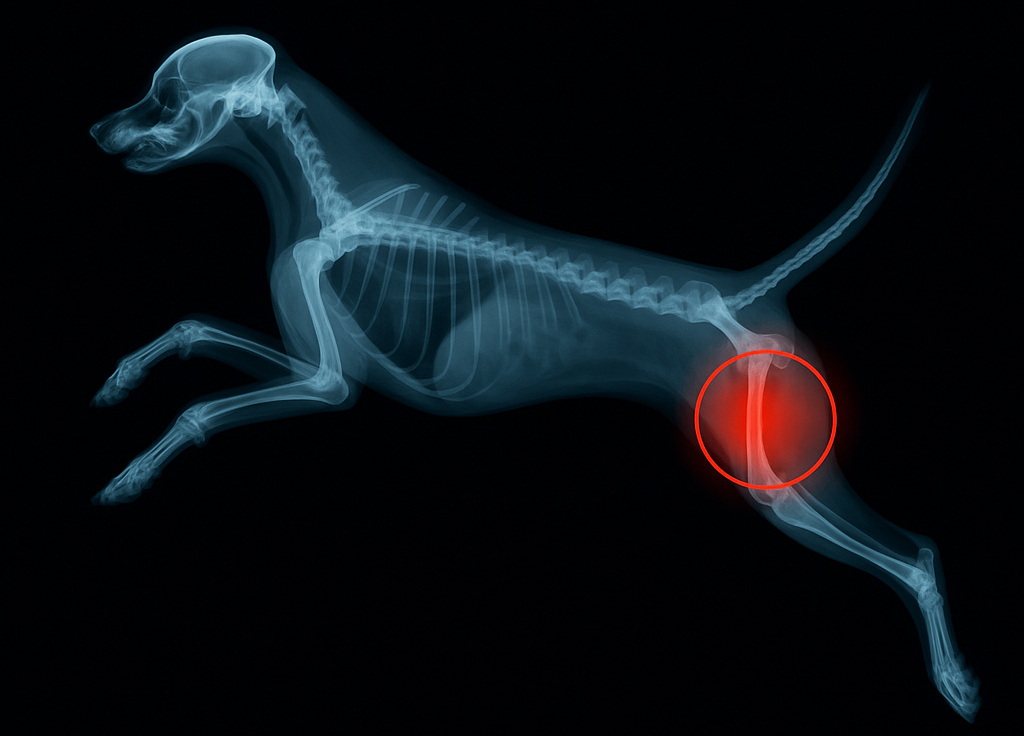
Every time your dog jumps off the couch, takes a sharp turn at the park, or bounds up the stairs, their joints absorb the impact. Over time, these repetitive stresses can cause uneven wear - where one joint takes on more load than the others.
The danger? That imbalance forces certain joints to work harder, wearing down cartilage faster and putting extra strain on supporting muscles and tendons.
Based on my own veterinary mobility assessments, over half of dogs show early signs of joint imbalance by middle age - often years before owners notice a limp or obvious stiffness. Left unchecked, this imbalance accelerates cartilage breakdown and reduces the smooth cushioning that keeps movement comfortable.
I’ve seen dogs that seemed “just a bit slower” suddenly start avoiding stairs or stopping halfway through a game of fetch. By the time the signs are obvious, joint cushioning has already thinned, making every movement harder.
Dogs at highest risk: Large breeds, active dogs, athletes, and any dog recovering from a past injury.
4. Cartilage Erosion: The Point of No Return for Your Dog’s Joints
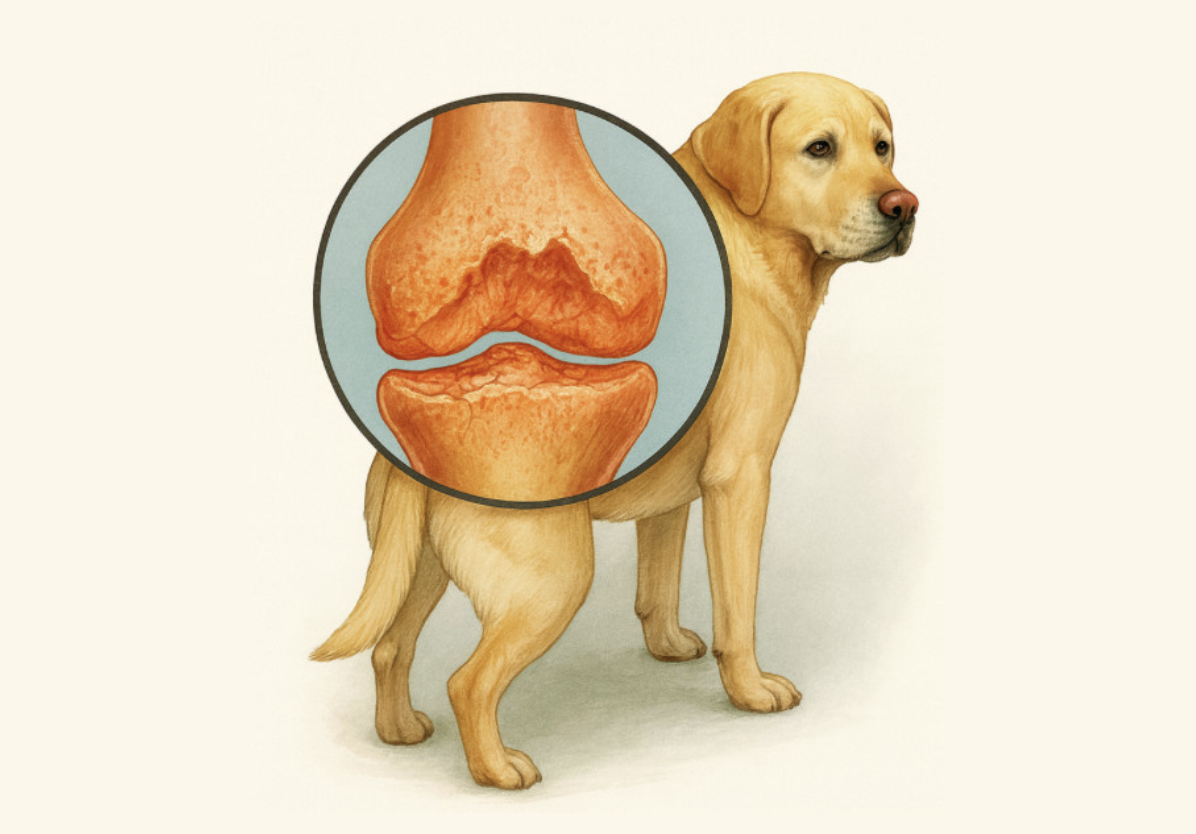
Cartilage is the smooth, shock-absorbing cushion inside your dog’s joints. Once it starts wearing away, movement becomes harder, stiffer, and more painful - and without the right support, it won’t repair itself.
I once treated Milo, a Border Collie who loved chasing frisbees. His owner thought he was “just slowing down with age,” but X-rays told another story - large areas of cartilage in his hips were worn thin, leaving bone grinding against bone. The damage had been quietly building for years.
Why it matters: Even mild, repeated strain - jumping off couches, running on hard surfaces, or years of high-energy play - can slowly chip away at cartilage long before you notice a limp. By the time the signs appear, much of the cushion may already be gone.
The good news: Research shows that with the right joint nutrients, like glucosamine and chondroitin, you can help maintain healthy cartilage and support new cartilage production, so your dog can keep moving comfortably for longer.
Warning signs you might be missing: Reluctance to jump, slower recovery after play, stiffness after rest, or avoiding certain movements altogether.
Source: Johnston, S.A. (1997). Osteoarthritis in dogs. Veterinary Clinics of North America: Small Animal Practice, 27(4), 699–723.
SHOW ME A VET APPROVED SOLUTION
Choose Your Dog's Weight, Unlock Offer 👉
5. The Silent Destroyer: How Hidden Inflammation Eats Away at Your Dog’s Joints
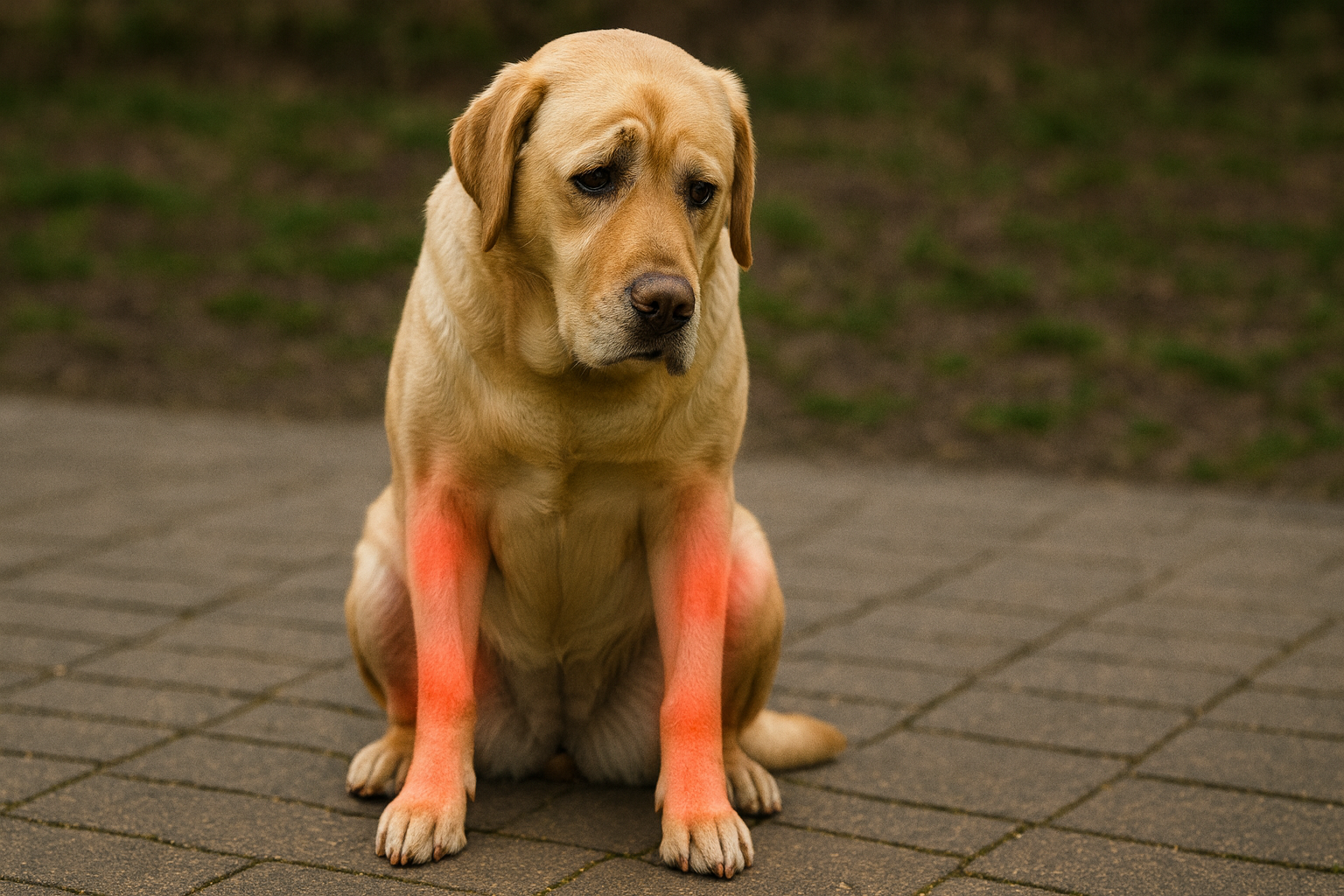
This is the truth no one tells you: by the time your dog starts limping, the real damage has already been done.
I’ll never forget Luna, a 7-year-old Labrador, who came in for what her owner thought was “just a little stiffness after walks.” The scans told a different story - advanced joint inflammation had been silently eroding her cartilage for years.
The scary part? There had been no obvious signs until the damage was well underway.
When joints experience repeated micro-strain from daily activities - running, climbing stairs, jumping - the body responds with inflammation. At first, it’s meant to heal. But over time, that constant swelling starts eating away at the cartilage and surrounding tissues, leaving the joint weaker and more unstable.
Why it matters: Chronic inflammation is one of the biggest drivers of joint deterioration, yet it’s also one of the easiest factors to support if you act early. With the right nutrients, you can help maintain a healthy inflammatory response and protect the cushion inside your dog’s joints.
Warning signs you might be missing: Mild stiffness after rest, subtle limping that comes and goes, or hesitation to play as long as they used to.
Source: Henrotin, Y., et al. (2005). Inflammation in osteoarthritis. Osteoarthritis and Cartilage, 13(8), 643–654.
STOP MY DOG'S DISCOMFORT TODAY
Stop the Damage Before It’s Too Late

If you’re feeling overwhelmed right now, that’s normal. Most loving dog owners have no idea their dog’s stiff mornings, hesitation on stairs, or shorter walks are signs of something far more serious - joint damage that’s already underway. The good news? You can start supporting their joints immediately.
The solution exists, it’s veterinary-backed, and it starts working from day one.
After seeing far too many dogs lose their mobility early, our veterinary team worked with leading joint health experts to create something different - a daily supplement with clinically studied ingredients shown to help maintain healthy cartilage, support joint cushioning, and keep dogs moving comfortably for longer.
Because once cartilage is gone, it’s gone. But with the right support now, you can help protect what they have - and give them the freedom to keep doing what they love.
GET MY VET-APPROVED SOLUTION
Choose Your Dog's Weight, Unlock Offer 👉
The Wuffes Joint Health Solution: Where Veterinary Science Meets Real-World Results
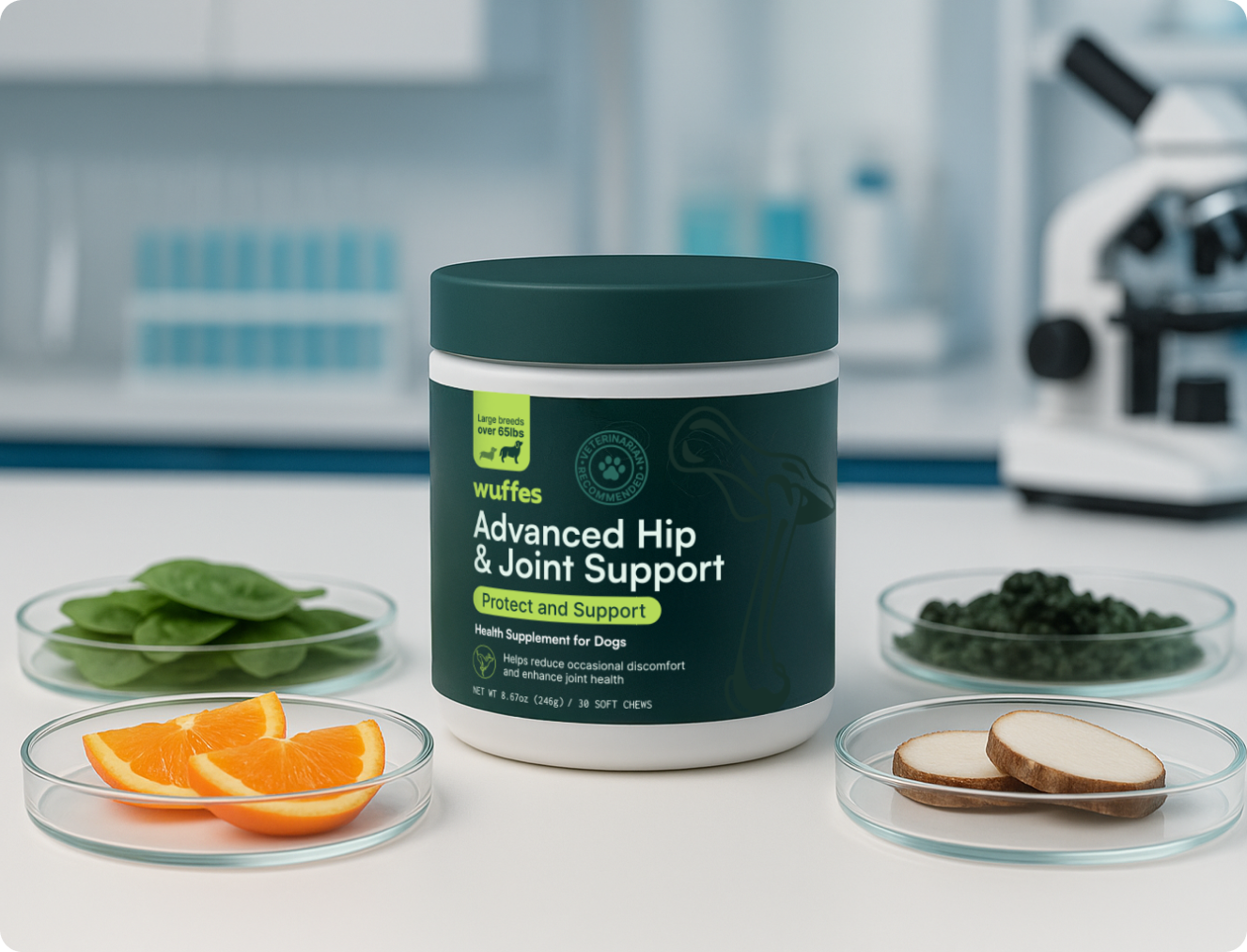
After witnessing too many dogs struggle with early joint breakdown, I found Wuffes Advanced Hip & Joint Support and have recommended it to my patients ever since.
Designed with one goal in mind: to support healthy cartilage and joint cushioning so dogs keep moving comfortably, no matter their age.
Here’s what’s inside each daily chew:
Glucosamine, Chondroitin, MSM, and Green-Lipped Mussels - work together to help protect cartilage, nourish joint tissues, and support flexibility.
Hyaluronic Acid, Vitamin C, and Omega‑3s - promote joint lubrication, combat oxidative stress, and support a healthy inflammatory response.
Yucca Schidigera — helps reduce occasional joint stiffness through natural anti-inflammatory properties.
Because once joint cushioning is gone, it’s gone. But the right nutrition today can make tomorrow comfortable again.
STOP MY DOG'S DISCOMFORT TODAY
#1 Highest Reviewed Hip & Joint Supplement for Dogs*
OUR BIGGEST DISCOUNT EVER


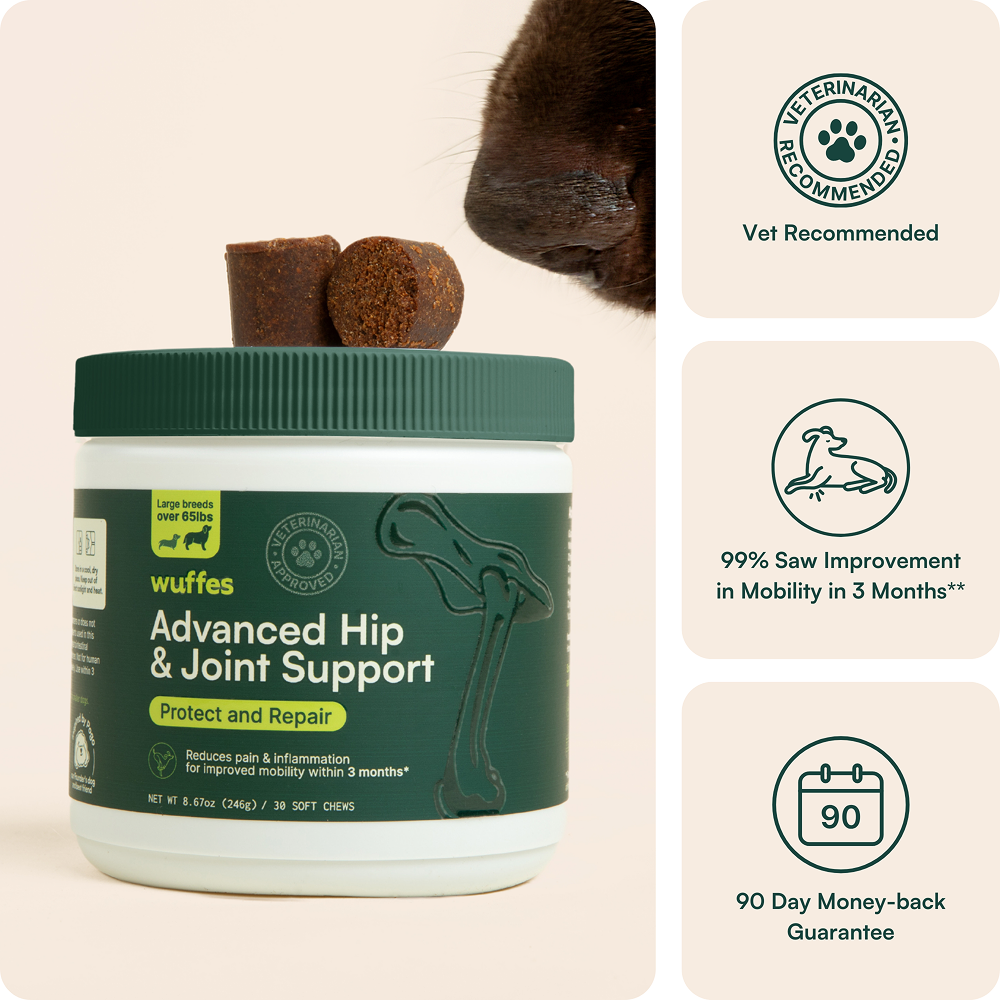
0-35 lbs
36-65 lbs
65-100 lbs
100-120 lbs
Over 120 lbs
Subscribe & Save
Save 50% on first tub
Free shipping
Pause or cancel anytime
One-time purchase
In stock, ready to ship
We recommend at least 3 months of consistent use to see results*
The Real Cost of Waiting
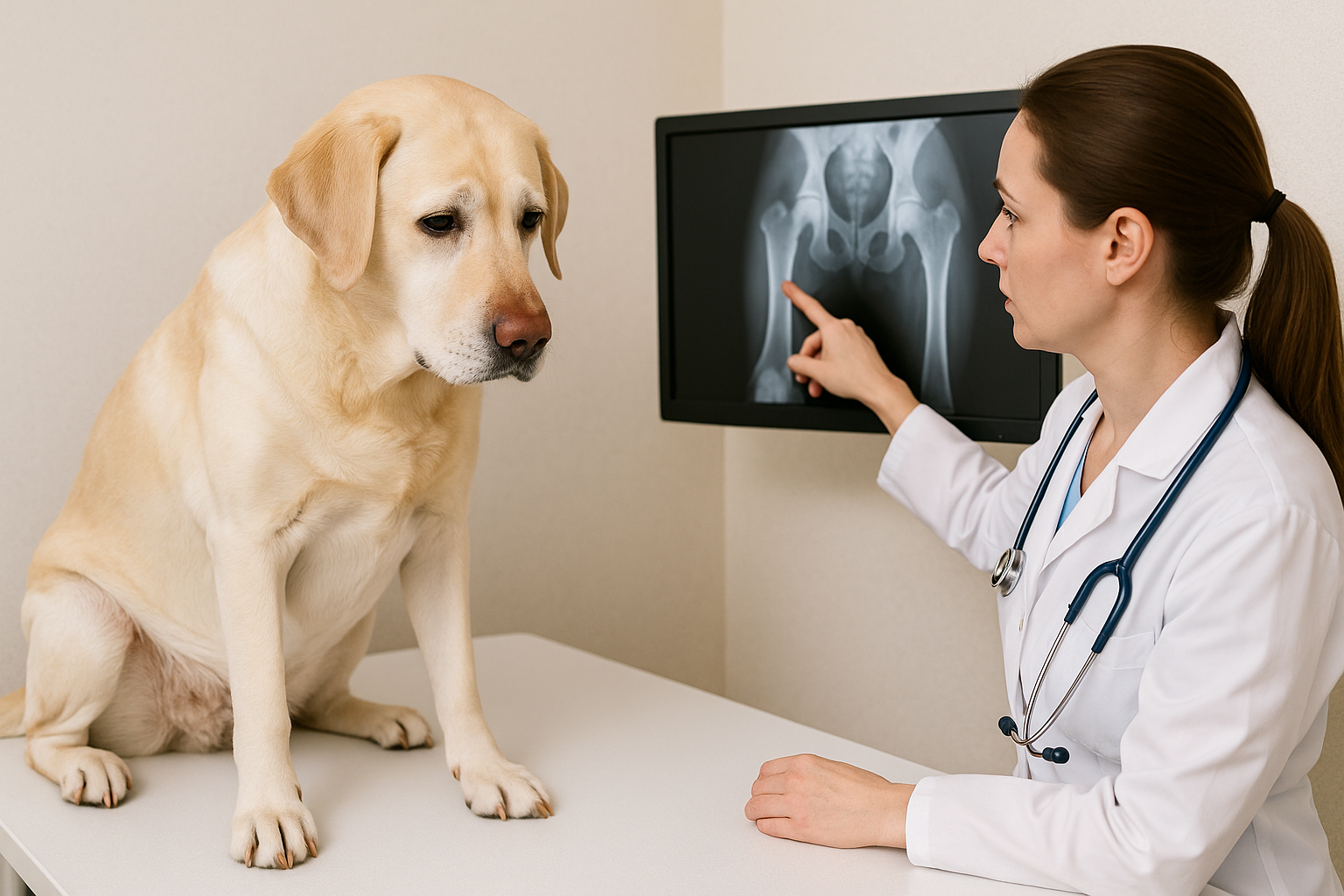
While you’re deciding, joint damage doesn’t stop.
Every run, jump, and stair climb without proper joint support adds to the wear - and once that cushioning is gone, it’s gone.
Veterinary bills for advanced joint disease: $3,000–$7,500 for surgical intervention such as TPLO or total hip replacement (when surgery is even possible)
Ongoing medication costs: Monthly expenses for prescription pain relief, anti-inflammatory drugs, and mobility therapies
Quality of life impact: Watching your dog hesitate to get up, give up on their favorite games, or struggle with stairs
The emotional toll: The guilt of knowing you could have acted sooner to help keep them moving comfortably
STOP MY DOG'S DISCOMFORT TODAY
What Dog Owners Are Discovering
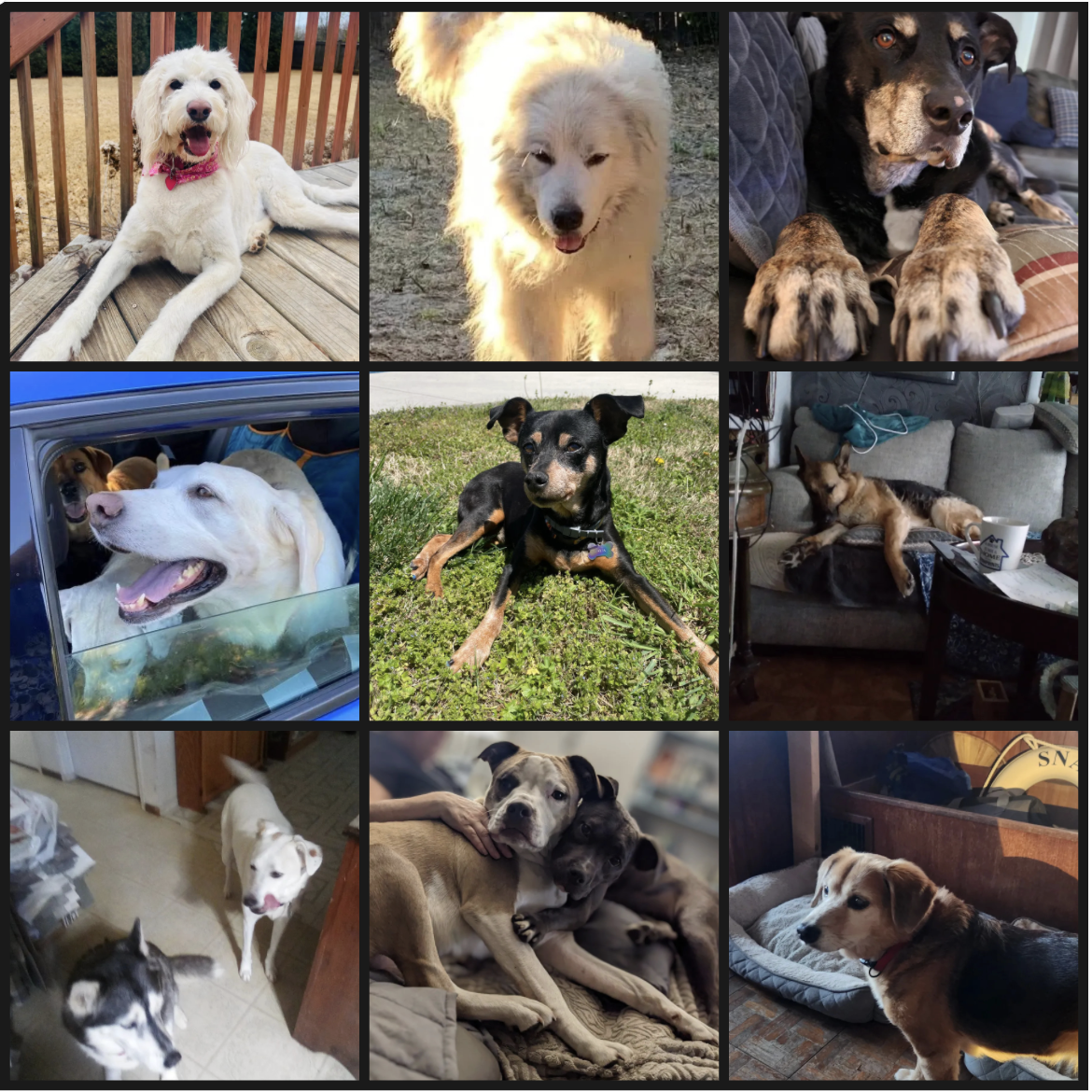
"My 5 year old labradoodle had gotten really slow and not able to jump up on the bed or into the car. All she wanted to do was lay around. 1 month in and we started noticing more movement out of her and she started jumping again!!!!"
Breanna L.
"She was having problems with her hind legs…but no more! She is as frisky as she was when she was 5! Bouncing all over the place, running, hopping on and off my bed and just getting up off a tiled floor!"
Carla B.
"Butters my 95 pound 11 year old son all of a sudden was having problems jumping up on the couch. Started this & almost immediately was back to his old self enjoying his favorite spot on his blanket on the couch."
Ned H.
STOP MY DOG'S DISCOMFORT TODAY

© 2025 Statements on wuffes.com have not been evaluated by the Food and Drug Administration. This product is not intended to diagnose, treat, cure or prevent disease.
*Based on 4.8/5 reviews on Trustpilot, as of December 20th 2024
**Results may vary